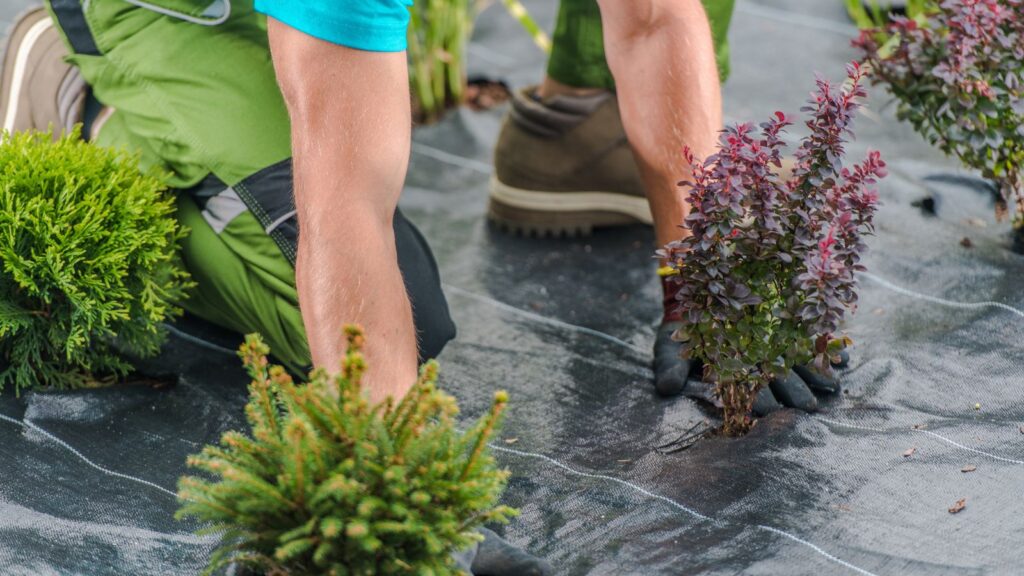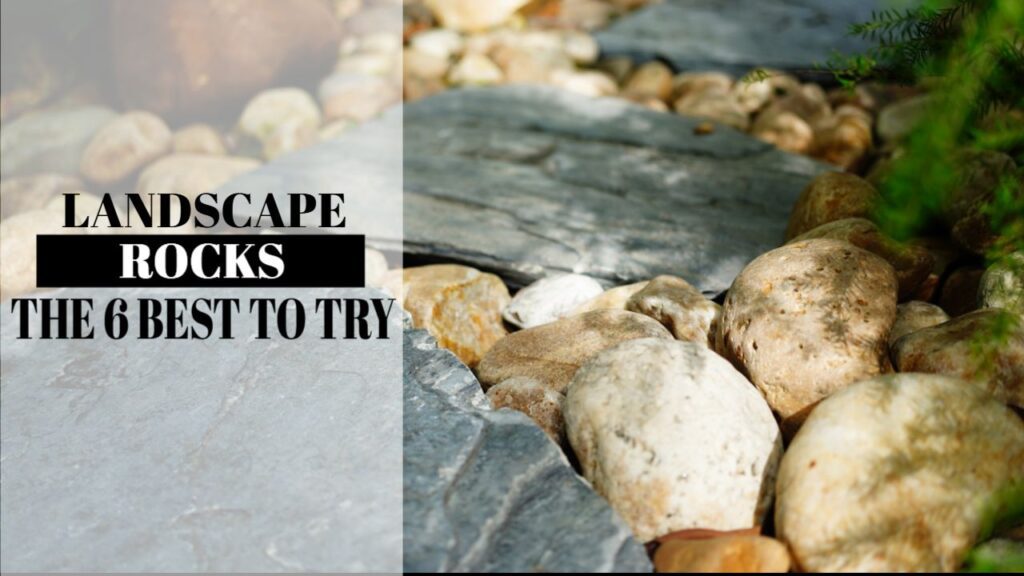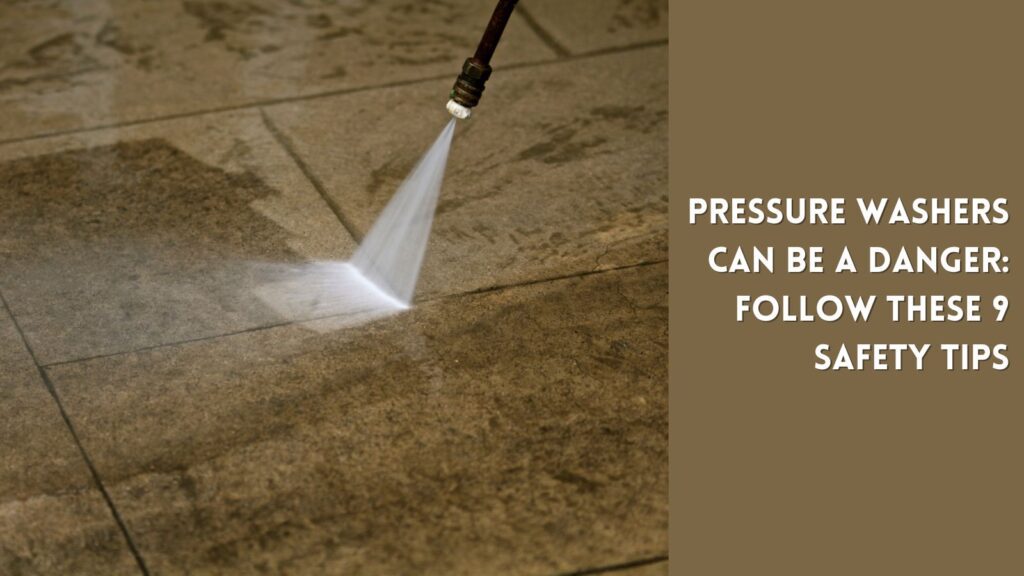Last Updated on: 30th October 2023, 09:28 pm
Need an easy DIY garden path? Think gravel.
Decorative gravel is an increasingly popular material for building a beautiful garden walkway. Why? Well, it has many versatile applications, durability, and affordability. Decorative gravel, specifically pea gravel, has become the go-to option. It’s perfect for homeowners who hope to enhance the aesthetic appeal of their outdoor spaces without breaking the bank.
You will learn the following concepts from this content:
- The benefits of using decorative gravel to build a pathway.
- The benefits of having a garden walkway.
- Explain the necessary tools and materials for a pea gravel pathway.
- A step-by-step guide to help you achieve a stunning and functional garden path.
- Provide some maintenance tips so your pathway will stay looking gorgeous.
Using Decorative Gravel for Your Garden Walkway
Decorative gravel, pea gravel, is versatile for many landscaping projects. One of the best projects is building a garden walkway. You can buy many colors, including beige, white, gray, brown, and even multicolored options. The color variation of decorative gravel allows you to choose a shade that complements the surrounding landscape, adding to the overall aesthetic appeal of your garden walkway.

10 Benefits of Using Pea Gravel for Your Garden Walkway
Why should you use decorative gravel instead of other materials to build a garden path? Here are some benefits of pea gravel:
- Durability: Decorative gravel is resistant to weather elements, including rain and snow, making it an excellent choice for building a pea gravel garden path that can withstand the test of time.
- Cost-effective: Pea gravel is affordable compared to other materials such as concrete or brick, making it a budget-friendly option for building a garden walkway.
- Easy to maintain: Unlike grass, landscaping gravel requires little maintenance, saving you time and money in the long run.
- Versatility: Decorative gravel is a versatile material to create a wide range of garden pathway designs, including curves, straight lines, and intricate patterns.
- Aesthetically pleasing: Decorative gravel adds a touch of natural beauty to your garden walkway, enhancing the overall aesthetic appeal of your outdoor space.
- Slip-resistant: Decorative gravel provides a textured, slip-resistant surface, making it a safe option for building a pea gravel walkway.
- Drainage: Landscaping gravel allows water to seep easily, preventing water buildup that can damage your garden walkway.
- Eco-friendly: Decorative gravel is a natural material that does not harm the environment. That makes it an eco-friendly option for your garden walkway.
- Easy to install: Building a pea gravel garden path with decorative gravel is a simple process that requires minimal tools and expertise.
- Adds curb appeal to your property: A well-designed garden walkway with landscape gravel adds beauty and curb appeal. That means it may increase the value of your property, making it a worthwhile investment.
10 Benefits of Building a Garden Walkway With Decorative Gravel
Building a garden walkway has many benefits beyond simply adding aesthetic appeal to your outdoor space. Here are ten benefits of building a gravel garden path:
- Improves accessibility: A pathway makes navigating your outdoor space easier for people with mobility challenges.
- Reduces soil erosion: A garden path helps to reduce soil erosion by providing a stable surface that allows water to seep through and nourish the soil.
- Enhances safety: A garden walkway provides a clearly defined path for people to walk on, reducing the risk of accidents and falls.
- Increases property value: A well-designed garden path can increase the value of your property, making it a worthwhile investment.
- Defines outdoor spaces: You will better define outdoor spaces. Try creating separate areas for relaxing, entertaining, or gardening.
- Adds to the aesthetic appeal: A garden path can complement the surrounding landscape, adding to the overall beauty of your outdoor space.
- Low maintenance: A garden walkway requires minimal maintenance compared to other landscaping features such as grass or flowers.
- Long-lasting: A decorative garden walkway built with durable materials like decorative gravel can last for years with minimal maintenance.
- Sustainable: A pathway made from pea gravel will use natural materials. Plus, it will last for decades with routine maintenance.
- Provides a sense of direction: A pea gravel walkway can lead visitors to specific areas of your outdoor space, such as a garden or seating area, providing a sense of direction and purpose.
A Ten-Step Guide to Building a Garden Walkway
Building a garden path is not very difficult. However, it does take some physical strength. This guide explains every step of the process.
But before you start building, grab all your tools:
- Shovel: To clear the area and level the ground.
- Rake: To smooth the surface and remove debris.
- Tamper or plate compactor: To compact the base and top layer of the walkway.
- Measuring tape: To measure the area of the walkway.
- Landscaping fabric and knife for cutting it: To prevent weed growth and promote drainage.
- Edging materials: Consider materials like pavers, landscape timber, bricks, or stones, to create a defined border for the walkway.
- Crushed stone or gravel: To provide a stable foundation for the walkway.
- Decorative gravel or other materials: To create the desired aesthetic appeal for the walkway.
- Wheelbarrow or bucket: To transport materials to the site.
- Weeding tool: Remove weeds or grasses that may grow through the pea gravel surface.
These tools will make the building process more efficient and ensure you have everything you need when building your decorative gravel walkway.
Step-by-Step Guide to Make a Pea Gravel Garden Path
- Choose the location: Select the location for your garden walkway and determine the size and shape of the pathway.
- Plan the design: Sketch a design for your garden walkway, considering the surrounding landscape and the purpose of the pathway.
- Prepare the area: Clear the area of any debris, rocks, or plants, and level the ground using a shovel or rake.
- Create a border: Install a border for your garden path using pavers, bricks, stones, or other materials.
- Lay weed control fabric and the base layer: Measure, cut, and install the weed control fabric. Landscape fabric should go under the pea gravel for ease of care. Then, add a decorative gravel layer to provide a stable foundation for the walkway.
- Compact the base layer: Use a tamper or plate compactor to compact it, ensuring it is level and stable.
- Lay the top layer: Add a layer of decorative gravel (or your desired stone product) to create the desired aesthetic appeal.
- Compact the top layer: Use a tamper or plate compactor to compact the top layer, ensuring it is firm and stable.
- Add finishing touches: Add edging materials such as cobblestones or stones to create a polished look.
- Clean up: Next, grab the rake! Remove any excess gravel or debris from the area. Crack open your favorite beverage. Finally! It is time to enjoy your newly built garden walkway.

How to Maintain Your Pea Gravel Garden Path
Maintaining your pea gravel garden path is essential to ensure its longevity and keep it looking beautiful. Here are some tips for maintaining your pea gravel garden path:
- Regularly rake the surface: To keep your pea gravel garden path looking fresh, use a rake to regularly remove any leaves, twigs, or debris that accumulate on the surface.
- Keep the edges defined: Over time, the edges of your pea gravel garden path may become blurred or indistinct. Use a shovel to redefine the edges of the path periodically.
- Add fresh gravel as needed: Depending on how much foot traffic your pea gravel garden path receives, you may need to add fresh gravel periodically to maintain a consistent surface level.
- Address weeds promptly: If weeds or grasses begin to grow through the pea gravel surface, remove them as soon as possible. This will prevent them from taking root and spreading throughout the path.
- Address drainage issues: If water begins to pool on the surface of your pea gravel garden path, it may be a sign of drainage issues. Address these issues promptly to prevent erosion and damage to the path.
- Perform periodic maintenance: Periodically, you may need to perform more significant maintenance tasks, such as filling low spots or addressing erosion issues.
By following these tips, you can keep your pea gravel garden path looking its best and ensure its longevity. Regular maintenance will help keep your path safe, functional, and beautiful for years.
The Takeaway: Installing a Decorative Gravel Garden Walkway Is a Great Way to add Beauty to Your Landscape
Building a garden pathway provides many benefits. It enhances the aesthetic appeal of your outdoor space and adds curb appeal. With the step-by-step guide provided in this post, you can create a beautiful and functional garden path that meets your unique needs and style. If you need professional lawn care or outdoor beautification assistance, don’t hesitate to contact Tayloe’s Lawn Care Services at 252.287.3376. We provide quality, reliable services.



Author Profile

- Deborah Tayloe is the CEO and co-founder of Tayloe's Lawn Care Services, LLC. She has a B.S.Ed and holds certificates in soil and water management and herbology from accredited programs.
Latest entries
 GardeningSeptember 27, 2025What perennials, shrubs, and trees don’t like fall pruning (and why)?
GardeningSeptember 27, 2025What perennials, shrubs, and trees don’t like fall pruning (and why)? Trees and ShrubsSeptember 14, 2025Fall Shrub Pruning Guide (September–October)
Trees and ShrubsSeptember 14, 2025Fall Shrub Pruning Guide (September–October) Trees and ShrubsApril 22, 2025Boxwood Blight: Early identification and isolation
Trees and ShrubsApril 22, 2025Boxwood Blight: Early identification and isolation Flower GardenApril 8, 2025John F. Kennedy Rose: Hybrid tea rose with elegant white blooms
Flower GardenApril 8, 2025John F. Kennedy Rose: Hybrid tea rose with elegant white blooms






